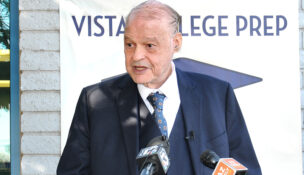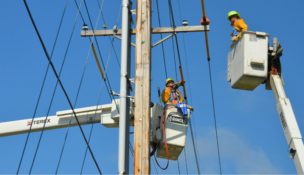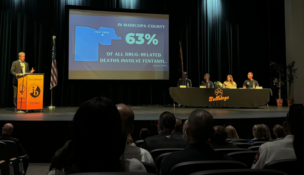Question remains whether kids, teachers will show for school
Howard Fischer, Capitol Media Services//July 1, 2020//[read_meter]
Question remains whether kids, teachers will show for school
Howard Fischer, Capitol Media Services//July 1, 2020//[read_meter]
A two-week delay in the start of in-classroom learning ordered by Gov. Doug Ducey may give schools more time to prepare to teach in the middle of the pandemic. But...
No tags for this post.

















